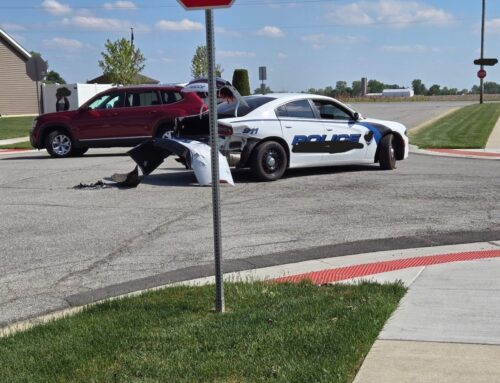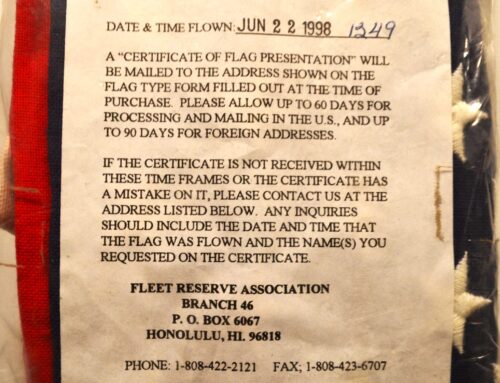“Then they started killing, hacking with their machetes. They kept doing it, and I was hiding under dead people. They didn’t kill me. Because of the blood covering me, they thought they had killed me. I hid in a small room. That’s where I stayed and slept for 43 days.” – Valentina Iribagiza, Survivor of the massacre at a church in Nyarubuye, Rwanda.
On April 6, 1994, the private jet of Rwandan President Juvénal Habyarimana was shot down during take-off. Habyraimana, as well as Burundian president Cyprien Ntaryamira, were both killed in crash.
Habyarimana, while Army Chief of Staff, came to rule by staging a coup in 1973, ousting then president Kayibanda. Once in power, he kept with dictatorial tradition and established a single, ruling party system, which averaged 99% of the vote during the 3 elections fabricated during his reign.
Throughout its history Rwanda has suffered the same tribal unrest as most of Africa (and still does), the prominent fighting occurring between the Hutu majority and the Tutsi (also known as Watutsi) minority. As is usually the case in such Hatfield & McCoy situations, no one seems to remember how it all started. Genetically, the Hutu and Tutsi are identical, all decedents of the Banyarwanda. And the historical differences seem to revolve around rumors and fables backed by no real proof. The Belgians actually invoked the most sophisticated of scientific methods, choosing to identify each group by height and cattle ownership – which puts in perspective the ridiculousness of it all.

Rwandan State ID indicating Tutsi Tribe. Something to remember next time your government wants you to indicate your “race” on a form.
Rwandan Hutus lived under repression at the hands of Tutsi for centuries – colonization by the Germans in 1884, and the Belgians in 1916, perpetuated the anti-Hutu racial policies until, in 1959, a bloody Hutu revolt led to the establishment of Hutu rule in 1962. Once in control, Hutus immediately enacted laws to repress the Tutsi, one of which was the indication of tribal affiliation on all state issued ID’s. The nation remained in a state of on again, off again, civil war.
In 1972, while the Tutsi in Rwanda were becoming second class citizens, the Tutsi in neighboring Burundi were being slaughtered due to political maneuvering instigated by Burundian President MicomberoIdi (Tutsi), with help from Ugandan President Idi Amin, in an effort to repatriate exiled Burundian King Ntare V (Hutu), which resulted in the King’s assassination. The Hutu rebelled and began slaughtering Tutsi. The Tutsi President activated the military, quelling the uprising – But not before 80,000-200,000 Hutu and Tutsi had died.
Burundi remained on shaky ground, and civil war broke out after the 1993 assassination by Tutsi military officers of the newly elected Hutu president Ndadaye. Considering the tribe before all else, rebel forces in both Burundi and Rwanda supported each other’s machinations across borders throughout the years, creating a cycle of civil unrest and hatred neither side had ever lived without – all with material and physical support from whichever group could assist at the time, perpetuating the century-old grudges.
So, on April 6, 1994, when both nations lost their Hutu Presidents to attack, the Hutu call for a Tutsi final solution fell on very receptive ears. On April 7th Tutsi leaders and moderate Hutu were dragged from their homes and murdered. Rwandan police and military set up check points across the nation and anyone possessing an ID marked ‘Tutsi’ was executed on the spot.
Over the course of the next 100-days somewhere between 500,000 and 1-million Tutsi and Hutu sympathizers were killed. Many were shot, but most were hacked up with machetes. The Hutu also formed rape squads, some members of which were AIDS patients they’d gathered from area hospitals, and set about sexually terrorizing the Tutsi females before killing or mutilating them – All of this before the eyes of UN “peace keeping” forces standing by while world leaders attempted to look the other way.
Why do I choose to revisit this today?
The Rwandan genocide barely rated a mention in our media. To most Americans this was just another example of “third world African behavior” none of us ever cared about before. But what is important to note is that much of Rwanda was not comprised of “bushmen” wearing loin cloths and living in huts. In 1994 Rwanda may have been a “poor” nation, but it possessed a power grid – the major cities had water and sewer systems, as well as paved roads and a growing middle class. The orders for the slaughter were broadcast by commercial radio stations; the bodies of the dead were scooped up in frontend loaders and hauled away in public works trucks. These were “civilized” people murdering each other en masse. Neighbor turned on neighbor, store owners slaughtered school teachers, and school teachers slaughtered store owners.
The next American genocide may be 50, 100, or 200-years away. And it may be between factions we can’t even imagine today. Then again, it might occur next year – none of us get to know. What we do know is that human nature has never changed, and in the 20th Century alone, over 200-million people have been murdered under such genocidal circumstances.
It’s heartbreaking that murderer took the lives 9 innocent people in Oregon. It truly upsets me. But, how many people a maniac murders in a church, school, or mall will not result in reversal of my choice to live life on this planet armed. I will not capitulate to the emotional cry for “gun control” because of the actions of a few evil individuals. In fact, my concern is not the sociopath bursting into a public place on a murdering rampage – I carry an answer for that. My concern is sociopaths being elected, and the tally of the dead changing from handfuls to millions.
I own and carry guns because I’m not interested in becoming a statistic.
How about you?
“I once spoke to someone who had survived the genocide in Rwanda, and she said to me that there was now nobody left on the face of the earth, either friend or relative, who knew who she was. No one who remembered her girlhood and her early mischief and family lore; no sibling or boon companion who could tease her about that first romance; no lover or pal with whom to reminisce. All her birthdays, exam results, illnesses, friendships, kinships—gone.” – Christopher Hitchens







Leave A Comment
You must be logged in to post a comment.